From Queen to Granny: How Victoria Became the Grandmother of Europe
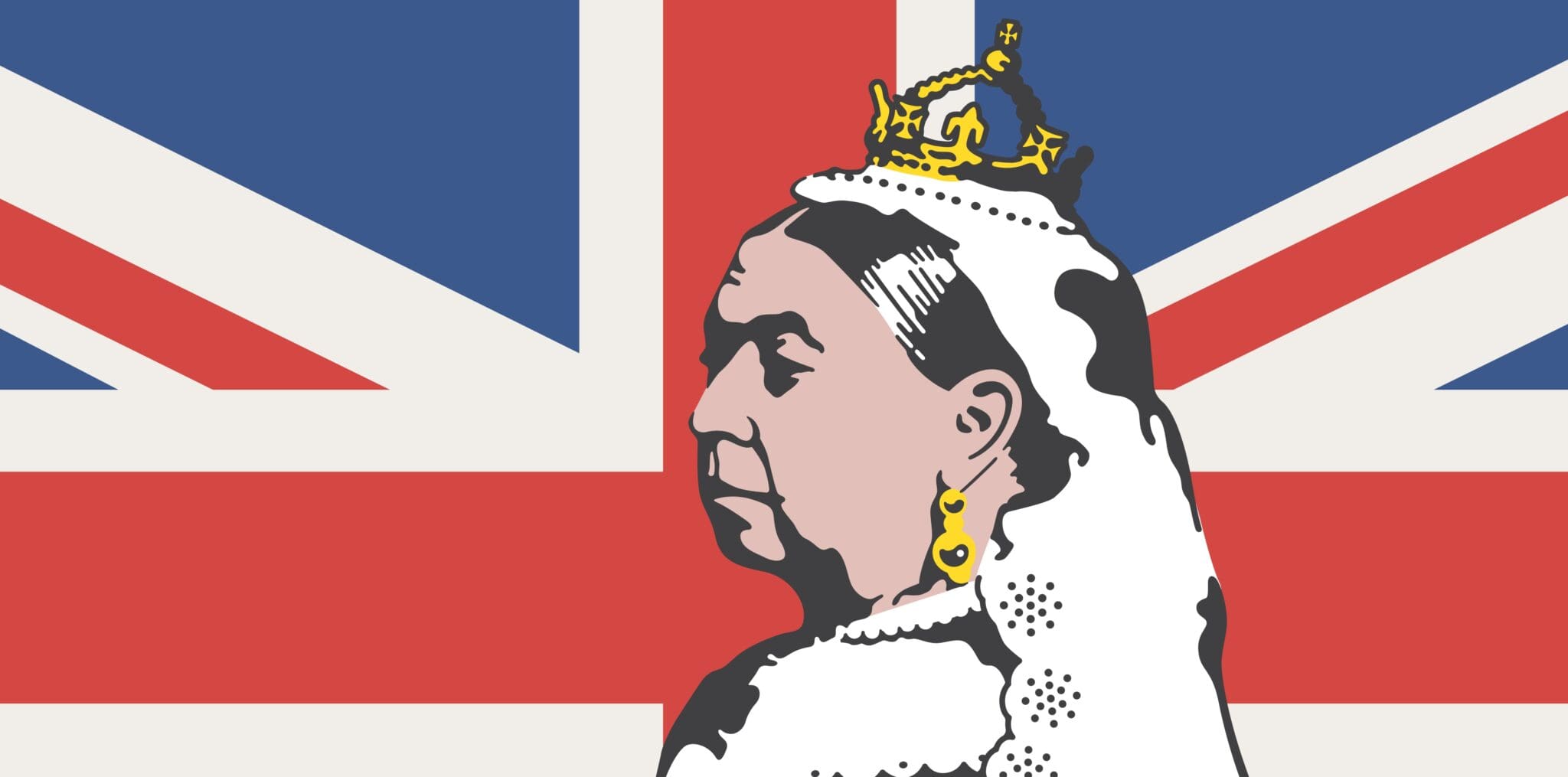
Updated On: January 24, 2024 by Noha Basiouny
In the intricate web of European royal lineage, one name stands out as a central figure whose influence extended far beyond the borders of the United Kingdom.
Queen Victoria, the monarch who reigned over the British Empire for much of the 19th century, earned a unique and enduring title—The Grandmother of Europe. This designation encapsulates not just her familial connections but the profound impact her descendants had on the political and social tapestry of the continent as well.
This tale is not merely one of royal marriages and gilded alliances. It delves into the cunning strategies and calculated choices that transformed Victoria from a sheltered princess into a shrewd architect of dynasties. It explores the triumphs and tragedies that played out amidst the pomp and circumstance of grand weddings and the quiet sorrows of family losses.
Prepare to be enthralled by a tale of power, love, and loss as we unravel the captivating story of Queen Victoria, the Grandmother of Europe.
Grandmother of Europe
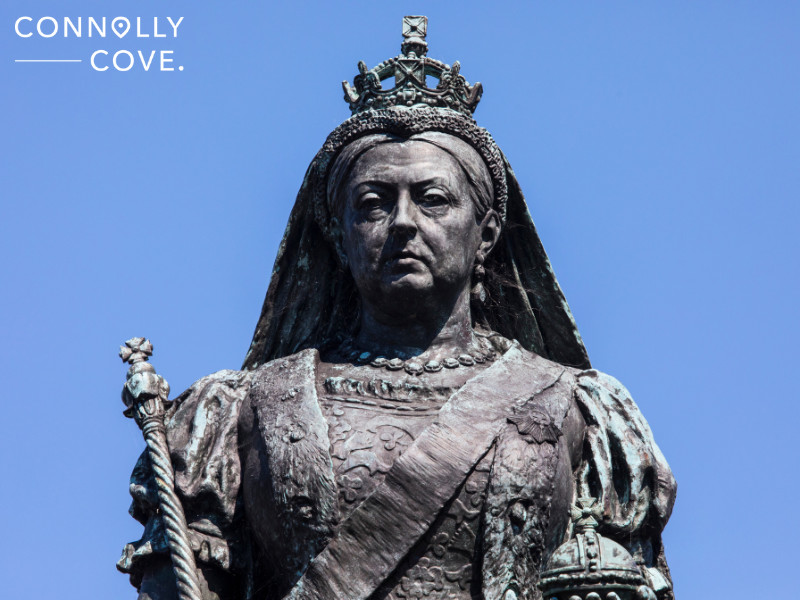
Queen Victoria and Prince Albert had a whopping nine children. This large family alone would give her plenty of claim to the “grandmother” title. But it was not just the number of children. Victoria and Albert shrewdly arranged marriages for their children into other European royal families, and she did this for various reasons, reflecting both personal and political considerations.
Queen Victoria sought to strengthen political ties between the British monarchy and other European powers through strategic marriages. By marrying her children into other royal families, she aimed to build alliances and promote peace and stability in Europe.
By strategically arranging marriages within European royalty, Queen Victoria aimed to consolidate the influence and power of the British monarchy on the international stage. These unions could potentially create networks of support and cooperation.
In 1887, when she received her Golden Jubilee, Victoria and Albert’s grandchildren had already occupied thrones in eight European countries. This included Wilhelm II of Germany, Nicholas II of Russia, and Queen Maud of Norway.
So, the combination of abundant children, strategic marriages into royal families, and a vast network of grandchildren across Europe’s thrones earned Queen Victoria the affectionate nickname “Grandmother of Europe.” It reflected her extensive family ties and the significant influence she wielded through her descendants.
Now, let’s look more into these marriages.
1. Victoria (1840-1901)
Victoria, Princess Royal, the eldest daughter of Queen Victoria and Prince Albert, held a pivotal position in European royalty. She became the German Empress and Queen of Prussia through her marriage to German Emperor Frederick III.
Queen Victoria and Prince Albert sought to solidify an alliance between Britain and Prussia, which was seen as key to maintaining European stability. Victoria and Frederick’s marriage would symbolise this bond and potentially influence Prussian politics towards liberalism and cooperation with Britain.
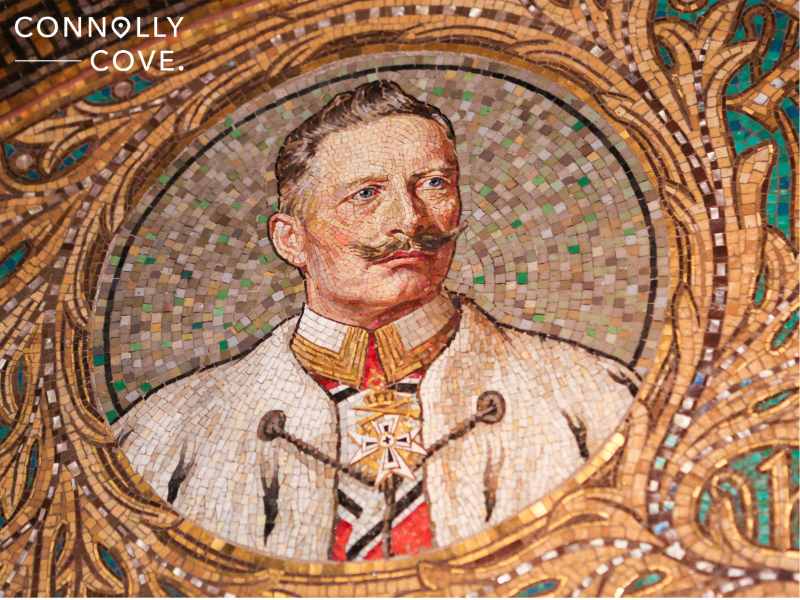
Victoria and Frederick III had eight children, all of whom became of Prussia. Their eldest son was Wilhelm II, who followed his father as King of Prussia and German Emperor. Wilhelm II played a vital role in the events leading up to World War I. His reign came to an end with Germany’s defeat in World War I, leading to his abdication in 1918 and the establishment of the Weimar Republic in Germany.
Then, there was Charlotte, who married Bernhard III, Duke of Saxe-Meiningen and therefore became Duchess of Saxe-Meiningen. There was also Henry, Prince of Prussia, who married his first cousin, Princess Irene of Hesse, by Rhine.
Viktoria with a K, the second daughter of Victoria and Frederick III, married Prince Adolf of Schaumburg-Lippe—this was a state in Germany. The couple did not have any children. Sophia, her sister, became Queen of Greece when she married King Constantine I of Greece. Margaret, another of Victoria and Frederick III’s kids, married Prince Frederick Charles of Hesse, the elected King of Finland, yet she was not meant to become Queen of Finland.
Victoria and Frederick III had two other kids, Sigismund and Frederica, yet both of them died in childhood.
2. Albert Edward (1841-1910)
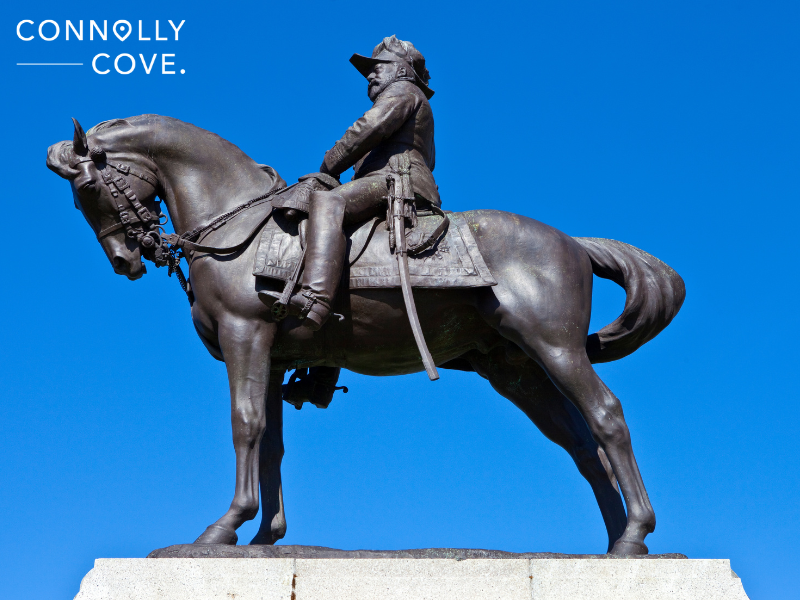
Albert Edward, Prince of Wales, known as Bertie within the family, was the eldest son of Queen Victoria and Prince Albert. Born during the early years of his parents’ marriage, Albert Edward would go on to become King Edward VII, succeeding his mother on the British throne. His reign marked the transition from the Victorian to the Edwardian era.
Despite a reputation for a somewhat extravagant lifestyle, Edward played a crucial role in modernising the British monarchy, fostering alliances with other European powers, and supporting various social and cultural initiatives. His marriage to Princess Alexandra of Denmark brought a touch of glamour to the royal court, and his extensive travels earned him the nickname “The Peacemaker” for his diplomatic efforts.
Together, Albert Edward, Prince of Wales and Princess Alexandra of Denmark had six children. The eldest was Albert Victor, who was the heir apparent to the throne, but he died while his father was still King. His brother, George V, succeeded as King of the United Kingdom and the British Empire.
Then there was Louise, Princess Royal and Duchess of Fife, Princess Maud of Wales, who later became Queen of Norway; Princess Victoria of the United Kingdom, who never married; and Alexander John, but he sadly died in infancy.
3. Alice (1843-1878)
Born as Princess Alice Maud Mary, she was the second daughter of Victoria and Albert. She married Louis IV, Grand Duke of Hesse and by Rhine, and became herself Grand Duchess of Hesse and by Rhine. Together, they had two sons and five daughters.
Princess Alice’s most enduring legacy, however, lies in her daughter Alexandra’s 1894 marriage to Tsar Nicholas II of Russia, becoming Alexandra Feodorovna and the last Russian Empress.
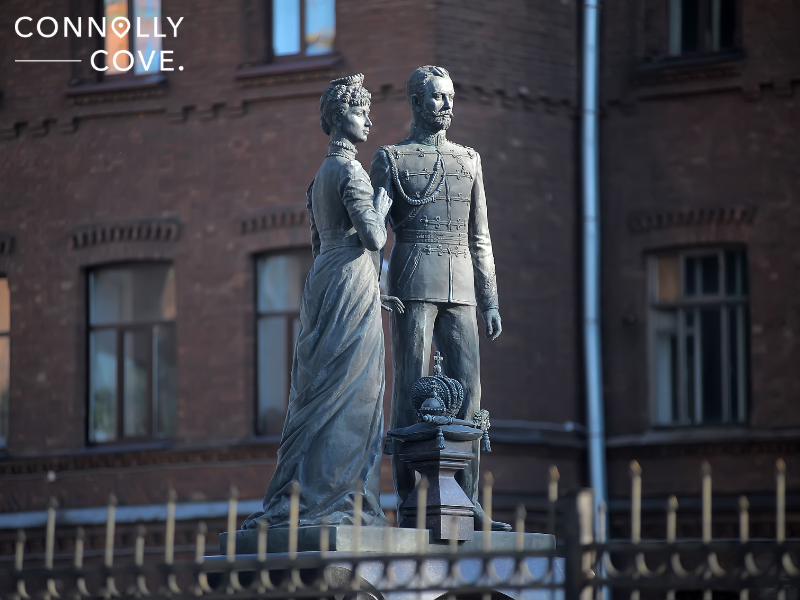
Alexandra and Nicholas II’s reign coincided with a tumultuous period in Russian history. Although she was known for her devotion to her husband and their five children, Alexandra’s influence and connection to the mystic Rasputin fueled controversies. The fall of the Romanov dynasty in the Russian Revolution of 1917 led to their tragic execution in 1918, marking the end of the imperial rule in Russia.
Other kids of Alice and Louis were Victoria, Marchioness of Milford Haven, whose daughter, Alice, became Princess Andrew of Greece and Denmark. There was also Elisabeth, who became Grand Duchess of Russia through her marriage to Grand Duke Sergei Alexandrovich.
Their sister, Irene, married her cousin Prince Henry of Prussia—he was the son of Victoria and Frederick III—and became Princess Henry of Prussia. The fifth child was Ernest Louis, who became Grand Duke of Hesse.
Alice and Louis also had Friedrich and Marie, but these two sadly died at the age of two and four, respectively.
4. Alfred (1844-1900)
Alfred, Duke of Edinburgh and of Saxe-Coburg and Gotha, the second son of Queen Victoria and Prince Albert, carried dual titles that reflected the intertwining of British and European royalty. His marriage to Grand Duchess Maria Alexandrovna of Russia further solidified these connections.
Serving as a naval officer, Alfred had a successful military career and became the Duke of Edinburgh and of Saxe-Coburg and Gotha, representing Queen Victoria on numerous occasions. Alfred and Maria had four daughters and one son.
One of his daughters was Marie Alexandra Victoria, who became the Queen of Romania through her marriage to King Ferdinand I. Victoria Melita, another daughter, married and divorced her cousin Grand Duke Ernest Louis of Hesse, and then she married Grand Duke Kirill Vladimirovich of Russia.
Alfred’s youngest daughter, Alexandra, married Ernst II, Prince of Hohenlohe-Langenburg and became Princess of Hohenlohe-Langenburg. Lastly, Beatrice, Princess of Saxe-Coburg and Gotha, married Infante Alfonso of Spain, who later became Don Alfonso de Orleans y Borbón, Duke of Galliera.
5. Helena (1846-1923)
Helena, Princess Christian of Schleswig-Holstein, was the third daughter of Queen Victoria and Prince Albert. She married Prince Christian of Schleswig-Holstein, and their union saw her assume the title of Princess Christian of Schleswig-Holstein. They had five children.
Christian Victor, Prince Christian of Schleswig-Holstein, is one of their children who served in the British Army and held the rank of Major. Unfortunately, he passed away at the young age of 33 during the Second Boer War in South Africa. Albert, Duke of Schleswig, another son, held many titles, including the fourth Duke of Schleswig-Holstein and he never married.
The third child was Helena Victoria of Schleswig-Holstein. She never married as well and dedicated her life to philanthropy, particularly during World War I. Then, there was Marie Louise, who became Princess Aribert of Anhalt when she married Aribert, Prince of Anhalt. The youngest child was named Harald and given the title Prince of Schleswig, yet, unfortunately, he died in infancy.
6. Louise (1848-1939)
Louise, Duchess of Argyll, the fourth daughter of Queen Victoria and Prince Albert, carved a unique path within the royal family through her artistic pursuits and cultural contributions.
In 1871, Louise married John Campbell, Marquess of Lorne, who later became the Duke of Argyll. While their marriage remained childless, Louise embraced her role as Duchess, supporting her husband in his political career and actively engaging in public life.
After the Duke’s death in 1914, Louise continued to dedicate herself to her artistic pursuits and charitable endeavours. She lived a long and impactful life, leaving behind a legacy of artistic achievement and social progress.
7. Arthur (1850-1942)
Arthur, Duke of Connaught and Strathearn, was the seventh child of Victoria and her husband Albert, who played a notable role in British military service and public life. His marriage to Princess Louise Margaret of Prussia added an international dimension to his familial connections. His long and distinguished service contributed to the royal family’s reputation for dedication to public service and duty.
Arthur, Duke of Connaught and Strathearn, and Princess Louise Margaret of Prussia had three children. The eldest one was Margaret, who, when she married Gustaf VI Adolf, who later became King Gustaf VI Adolf of Sweden, became herself Crown Princess of Sweden.
There was also Arthur of Connaught. He held the title of Duke of Connaught and Strathearn and served in the British Army. The youngest child, Lady Patricia Ramsay, renounced her royal title and style when she married Alexander Ramsay, a Royal Navy officer. The couple had only one child, Alexander Ramsay of Mar.
8. Leopold (1853-1884)
The eighth child and youngest son of both Victoria and Albert was Leopold, Duke of Albany. He faced unique challenges due to his lifelong struggle with haemophilia. Yet, despite that, he pursued a military career, serving in the British Army. His marriage to Princess Helena of Waldeck and Pyrmont expanded his familial connections. His life was tragically cut short at the age of 30 due to complications related to his condition.
Leopold and Helena had two children. The eldest was Alice, who became known as Countess of Athlone after she married Prince Alexander of Teck, later known as the first Earl of Athlone. She had a notable role in various public activities, particularly during World War II.
Then, there was Charles Edward, Duke of Saxe-Coburg and Gotha, who did not get the chance to meet his father for the latter died before the former’s birth. Charles’ support for Germany during both World Wars resulted in him losing his British titles. He married Princess Victoria Adelaide of Schleswig-Holstein and they had three children together.
One of those three children was Princess Sibylla of Saxe-Coburg and Gotha, who married her cousin Prince Gustaf Adolf, Duke of Västerbotten. This was the son of Margaret, Arthur’s daughter—from the last section—and Crown Princess of Sweden. Sibylla and Gustaf’s son, Carl XVI Gustaf, is the current King of Sweden.
9. Beatrice (1857-1944)
Born Princess Beatrice Mary Victoria Feodore, she was the very youngest child of Queen Victoria and Prince Albert. Beatrice married Prince Henry of Battenberg and became Princess Henry of Battenberg. Her marriage and family life brought her to Germany, expanding her connections with European royalty.
The Battenberg couple had four children together. The eldest, Alexander Mountbatten, became the first Marquess of Carisbrooke He married Lady Irene Denison and had only once child, Lady Iris Kemp.
Beatrice’s second child was Victoria Eugenie and was known as Ena. She became the Queen of Spain through her marriage to King Alfonso XIII. She was the mother of King Juan Carlos I and grandmother to the current King of Spain, Felipe VI.
Her brother, Lord Leopold Mountbatten, sadly died at the age of 32 in an operation. Then, there was Prince Maurice of Battenberg, but he, too, lost his life during World War I at the age of 23 while serving in the British Army.
Queen Victoria’s impact on the royal families of Europe as the “Grandmother of Europe” is undeniable. Through strategic marriages and alliances, Victoria played a pivotal role in shaping the interconnected web of European royalty throughout the 19th and early 20th centuries. Her descendants spread across the continent, leading to familial ties that transcended borders and contributed to both harmony and turmoil.






